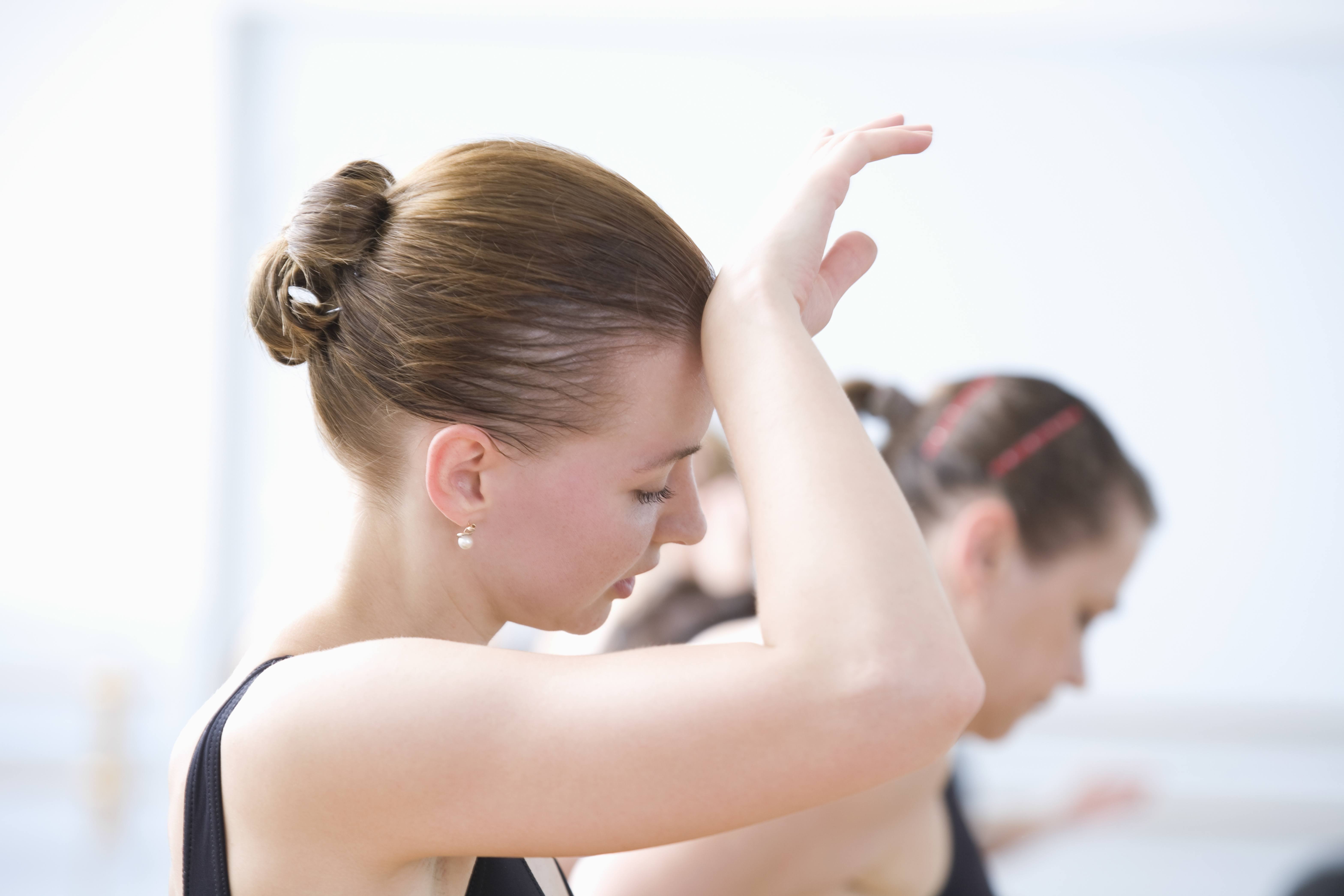Competitive dance has always had a certain stigma in the dance world. Unfortunately because of the recent spotlight in the media with shows like “Dance Moms” it continues to be a work in progress to break the negative outlook on competitive groups. Sure, there will be times you are sucked into the drama. But dancers are more than just a group of girls who perform “tricks” on the stage, rather a good majority are physically knowledgeable young women with a foundation of proper technique under their belt.
As a teacher and studio owner, I am doing more than just encouraging my students to express herself and enjoy the visual arts. I am responsible for teaching the technique of executing moves, required to give my students corrections, and work everyday to encompass the standard of dance – even down to teaching my students what is appropriate to wear during rehearsal and on stage.
To some, this may sound rigid and harsh, but when you as a leader are at the helm of a potentially beautiful (or harmful) physical endeavor, there is a lot of pressure to ensure your students are not only happy with their performance and their bodies – but safe.
Dispelling the rumors that competitive dance is always a “toxic” environment also comes into play as I cringe watching the back-biting and negative role modeling I see in the media portraying my industry. The reality for me is quite the contrary. Every day, right in front of me I see the benefits of a positive experience in competitive dance, and more and more I realize the crucial role I have as a leader to preserve a quality and positive environment.
Competitive dance boosts confidence.
When I started competing I came out of my shy bubble and became more comfortable in the spotlight. I was fortunate to train in a studio where respect and correction was the norm, which in turn, gave me a confidence that I was not only learning – but mastering my craft properly.
Competitive dance builds leaders and self-responsibility.
As a dancer, you are responsible for yourself from technique and getting to your position on time, to actively listening and absorbing corrections. I stress taking ownership of our own actions while staying supportive of teammates while we are learning. In turn, our parents see the benefits of teaching the kids independence and responsibility, which translates into their everyday life.
Competitive dance has more than one “leader” on a team.
I have chosen not to appoint captains in the ASA Company because I want each dancer to step up and be a leader in her own natural way. Some people jump up as natural leaders while others take a little more time to find out where they are blessed in terms of inspiring others.
Competitive dance puts parents at ease.
I know my mom had a sense of security knowing I was at dance for hours at a time – in a safe environment with strong role models and my best friends. Dancers could potentially be in the studio for 6 hours a day and as a parent, you want to make sure they are with individuals who will encourage and influence them in healthy ways – both physically and emotionally.
Competitive dance helps you cope with disappointment.
The mindset at ASA is to establish a drive to personally do better every time you perform. We have goals for each student at the beginning of the year and frequently review how far she has come rather than how far she has to go to master a skill.
Competitive dance helps you learn how to communicate.
Dance is a way to communicate without having to speak. I’ve seen a lot of more reserved girls who are a totally different and bold person on stage. As a group, if your teammate is not taking correction and is off her mark, it’s each and every one of the team’s responsibilities to respectfully work with one another.
Competitive dance fosters respect for others.
Respect for teachers, peers, other dancers, and other studios shows the true character of an individual in the arts. Look, there will always be someone better than you. ALWAYS. So focusing on how hard you have come as an individual is more important than a top score in a performance. Congratulating others and showing sincere support to your teammates and even dancers on another team exhibits a fortitude and reputation people will remember.
Competitive dance helps you laugh at yourself.
Wow, does dance require a certain sense of humor. The most unexpected things will happen to you on stage like your bra strap breaking or your hair falls out of your bun, all the way to forgetting your routine forcing you to do a 2 minute improv routine. I’ve danced around my own shoe!
If you are in dance long enough, the strangest things will happen and at the end of the day, it’s best just to laugh about those unforeseen snafus.
Competitive dance is not easy. It takes dedication and hard work which holds true to everything else in life. Success means persistence and long hours to master your skills as an individual performer. In fact everything competitive dance taught me has filtered into being a studio owner, teacher, and an adult.
No matter how good you are, you have to be humble. There will always be someone out there who is better than you and the way my students communicate that urgency to be the best to the world always presents itself as a teachable moment. Remember, there is always someone out there watching you – a judge, another parent, a younger dancer. As a performer, you walk on the stage and off with great influence – it’s up to you how positively or negatively you use that power.
Live. Love. Dance.




Recent Comments